Home designs are more than just arranging furniture and choosing paint colors; they’re about creating a space that resonates with the inhabitants’ personalities while also being functional and aesthetically pleasing. However, with the myriad of design trends and ideas available, homeowners often fall prey to common design pitfalls. While seemingly innocuous, these mistakes can significantly impact the comfort, functionality, and overall appeal of a home.
Contents
Overuse Of Open Floor Plans

Open floor plans have gained immense popularity in recent years, primarily because of the illusion of space they offer. Homeowners are drawn to the idea of vast, uninterrupted spaces that promise better social interaction and a modern feel. However, these designs come with their own set of challenges. The lack of walls means reduced privacy, making it difficult for family members to find quiet corners for personal activities or work.
Moreover, open spaces can amplify noise, turning what was meant to be a cohesive living area into a cacophony of sounds from the TV, kitchen, and conversations. This noise pollution can make the environment less peaceful, especially in homes with children or multiple occupants. While the idea of an open space is enticing, it’s essential to strike a balance and ensure that the design caters to the specific needs of the inhabitants.
Misguided Color Choices
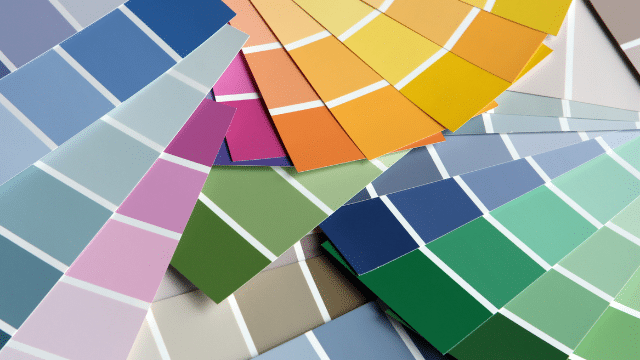
Colors play a pivotal role in setting the mood and tone of a room. They have the power to evoke emotions, influence energy levels, and even affect your sleep patterns. With such a significant impact, it’s surprising how often homeowners get color choices wrong. One common mistake is opting for overly bright rooms. While a splash of color can invigorate a space, an entire room painted in a loud shade can be overwhelming and induce feelings of restlessness.
Another frequent error is using mismatched color palettes. A room with clashing colors can feel chaotic and disjointed, detracting from the desired ambiance. It’s crucial to understand the psychology of colors and their interplay to create harmonious spaces that align with the intended mood and function of the room.
Clashing Design Themes
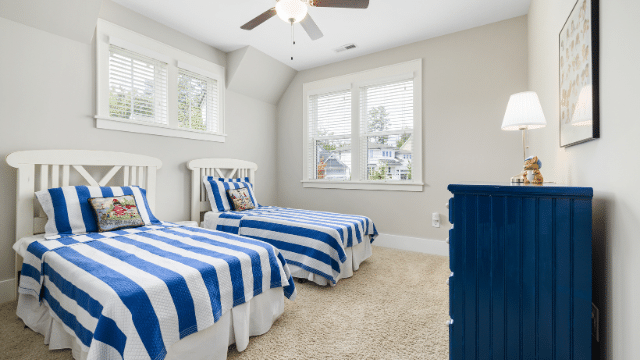
A home should tell a story, and that narrative is often woven through its design theme. Whether it’s vintage, modern, rustic, or any other style, consistency is key. However, many homeowners, in their enthusiasm to incorporate multiple design elements, end up with clashing themes. For instance, a room that tries to merge vintage charm with ultra-modern accessories can end up feeling confused and incoherent.
Over-themed rooms are another pitfall. While it’s great to have a theme, going overboard can make a space feel more like a movie set than a comfortable living area. It’s essential to strike a balance, ensuring that while the theme is evident, it doesn’t overpower the room or make it feel artificial.
Overcrowded Spaces
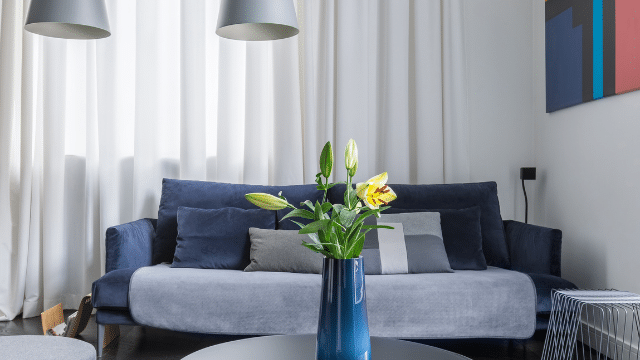
In an attempt to create cozy and well-decorated spaces, homeowners often end up overcrowding rooms with furniture and decor. An over-furnished room not only impedes movement but also creates a cluttered look, detracting from the room’s aesthetics. It’s essential to understand that sometimes, less is more. A room doesn’t need to be filled to the brim to be functional or beautiful.
To combat overcrowding, homeowners can invest in multi-functional furniture that serves multiple purposes, reducing the need for numerous pieces. Regular decluttering is also crucial. By periodically assessing and removing unnecessary items, homeowners can ensure that their spaces remain open, breathable, and inviting.
Neglecting Natural Light
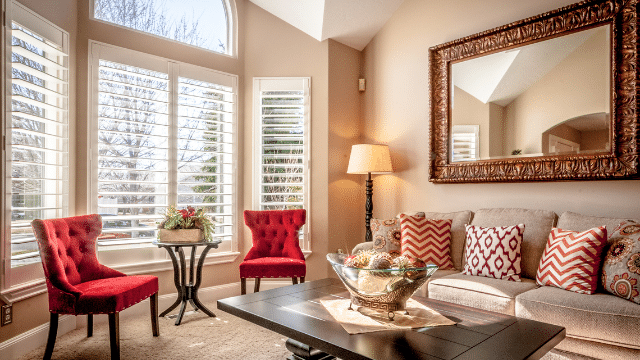
Natural light is a boon to any living space. It not only illuminates but also brings warmth, creates an illusion of space, and offers numerous health benefits, including boosting mood and aiding in better sleep. Yet, many homeowners, either due to oversight or design constraints, end up neglecting this vital element. Small windows, or those placed without considering the sun’s trajectory, can lead to dim, gloomy interiors that rely heavily on artificial lighting.
Another common design flaw is placing large furniture or decor items in front of windows, obstructing the flow of light. This not only darkens the room but also deprives inhabitants of potential scenic views. It’s essential to prioritize natural light in home designs, ensuring that windows are of adequate size and positioned to maximize sunlight, thereby enhancing the overall ambiance and energy of the space.
Ignoring Curb Appeal
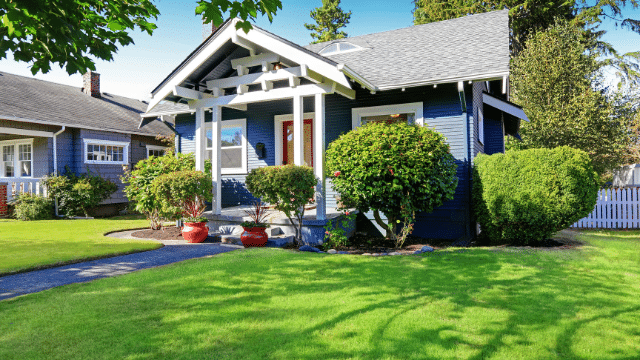
The exterior of a home is its first impression, setting the tone for what’s inside. Despite its importance, curb appeal is often overlooked, with homeowners focusing predominantly on interior design. Overgrown gardens, peeling paint, or mismatched exterior elements can detract from a home’s beauty and even affect its market value. A well-maintained facade reflects pride of ownership and adds character to the property.
It’s not just about aesthetics; a neglected exterior can also lead to functional issues. For instance, unchecked plant growth can encroach on pathways or damage the home’s foundation. Regular maintenance, combined with thoughtful landscaping and design choices, can ensure that a home’s exterior is as inviting and impressive as its interior.
Form Over Function
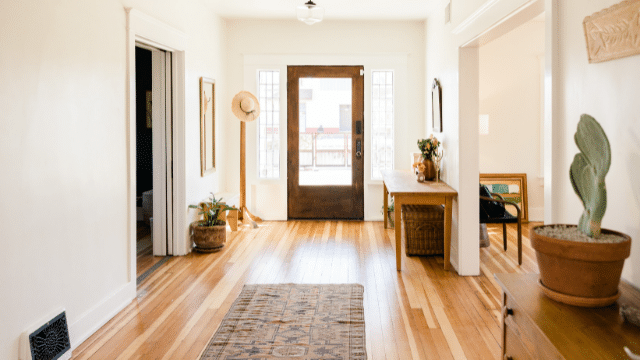
While aesthetics are undeniably important in home design, they shouldn’t come at the expense of functionality. Yet, many homeowners get swayed by design trends, incorporating elements that look good but compromise on practicality. For instance, a beautiful but deep-set sink might look appealing but can be a nightmare to clean. Similarly, high shelves or storage spaces, while adding a design element, might be inaccessible without a ladder, rendering them impractical for daily use.
Another common oversight is opting for furniture based solely on its design appeal without considering comfort. A stylish sofa that’s uncomfortable serves little purpose in a living room meant for relaxation. Home design should strike a balance between form and function, ensuring that spaces are not only beautiful but also cater to the practical needs of its inhabitants.
Lack Of Future-Proofing
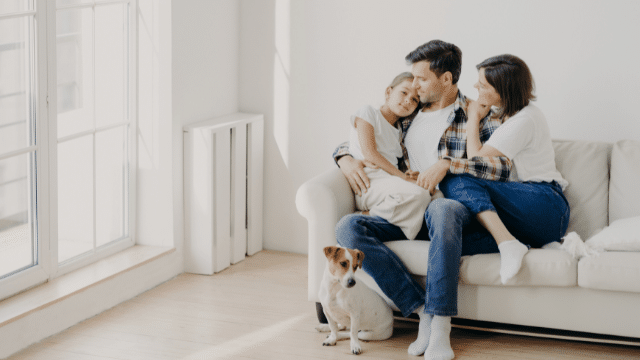
Homes are long-term investments, and their design should reflect the present and anticipate future needs. However, many homeowners design for the ‘now,’ neglecting to consider how their needs might evolve over time. For instance, a couple might design a home without considering the possibility of a family in the future, leading to space constraints when children arrive. Similarly, not planning for potential mobility issues in older age can result in homes that are difficult to navigate later in life.
In the age of technology, future-proofing also means accommodating advancements. Ignoring provisions for smart home integrations or not setting up spaces that can adapt to evolving tech trends can quickly make a home feel outdated. It’s essential to design with foresight, ensuring that homes remain functional and relevant over the years.
Ignoring Eco-Friendly Designs
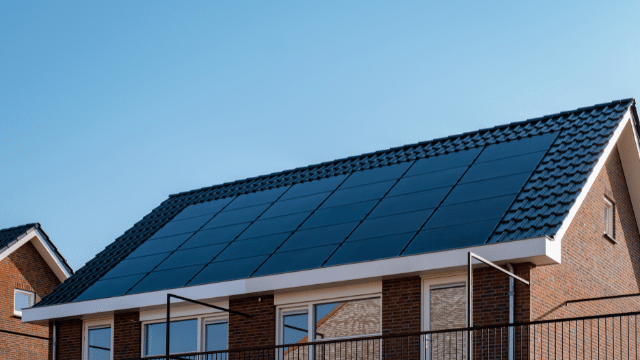
As global awareness about environmental issues grows, the importance of eco-friendly home designs becomes more evident. Sustainable living is not just a trend but a necessity, and homes should reflect this ethos. Yet, many homeowners overlook the environmental impact of their design choices. Using non-sustainable building materials or not incorporating energy-efficient appliances can increase a home’s carbon footprint and lead to higher utility bills.
Moreover, a lack of insulation, both thermal and acoustic, can result in homes that are energy-inefficient and noisy. Simple design choices, like positioning homes to maximize passive solar heating or using green roofing options, can make a significant difference. It’s crucial for homeowners to recognize the long-term benefits of eco-friendly designs both for the environment and their wallets and incorporate them into their homes.
Lack Of Personal Touch

A house becomes a home when it resonates with the personalities of its inhabitants. While design trends and professional advice can provide direction, it’s essential for homeowners to infuse their spaces with personal touches. However, in the race to create picture-perfect homes, many end up with spaces that feel impersonal and sterile. Relying too heavily on current trends without incorporating personal memories or cherished items can make a home feel more like a showroom than a sanctuary.
Every individual or family has a unique story, and their home should reflect that. Whether it’s through family heirlooms, personal artworks, or even a particular color palette, these personal touches add warmth and character. A well-designed home should not only be aesthetically pleasing and functional but also a reflection of the people who live in it.
Avoid These Home Design Mistakes!
Home design is a delicate balance of aesthetics, functionality, sustainability, and personalization. While trends come and go, the essence of a home remains rooted in its ability to offer comfort, reflect individuality, and adapt to changing needs. The common design mistakes highlighted serve as a reminder that while seeking inspiration is valuable, it’s equally crucial to be mindful of practicality and personal preferences. After all, the best homes are not just beautiful showcases but spaces where memories are made, lives are lived, and stories unfold!



